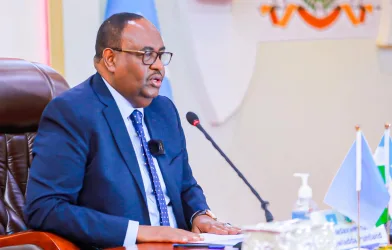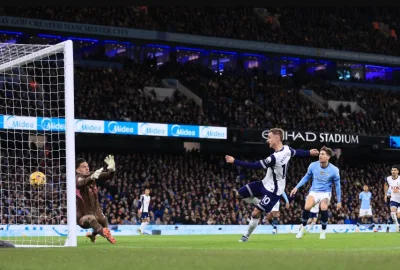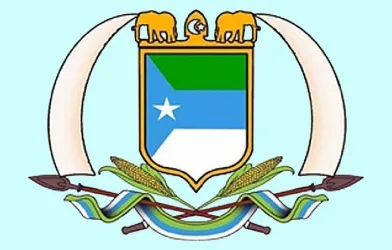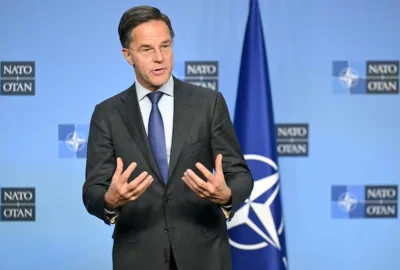The fighting that is going on in the city of Las Anod and the Region of…
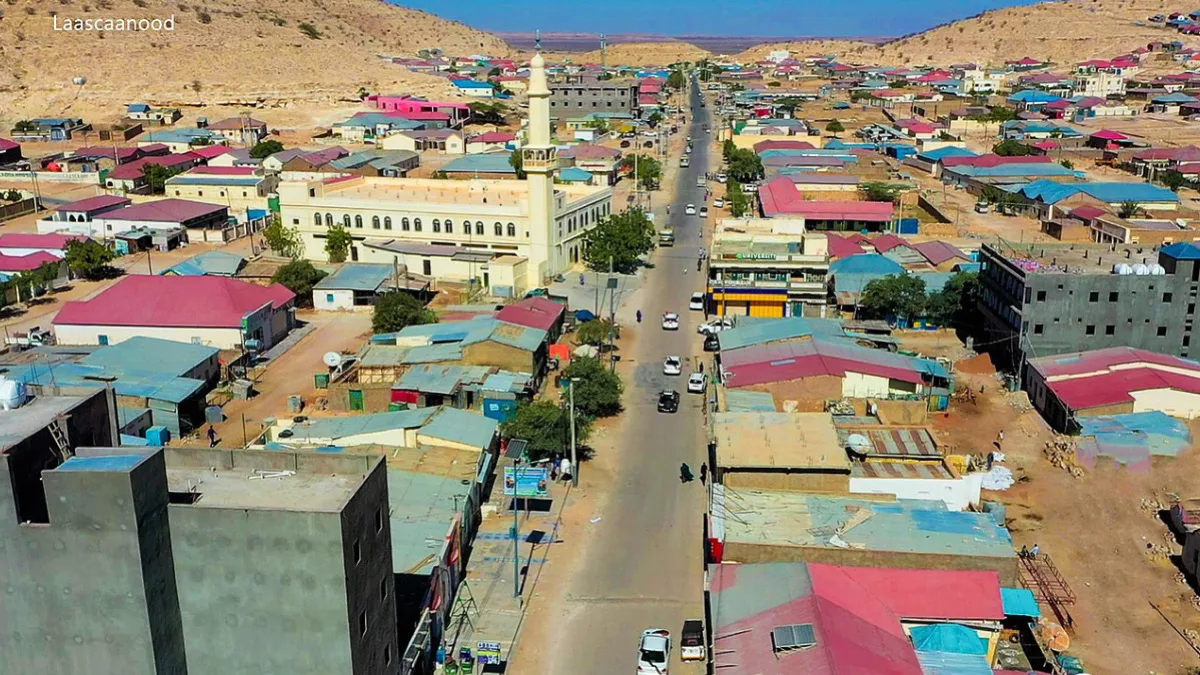
The fighting that is going on in the city of Las Anod and the Region of Sool is not the traditional tribal encounters among the Somali nomadic clans. Those skirmishes were about scarcity. They would fight over water and pastures for their animals. This war, although tribal in nature, is about ideas and political stands. In July 1960, two parts of Somalia, the former Italian-administered UN-Trusteeship of Somalia or Italian Somaliland and former British Protectorate of Somaliland had joined forces, voluntarily and signed, willingly, their Act of Union without any conditions, to speak of, to form the Somali Republic with great joy and fanfare.
Therefore, the emerging Somali Republic had become a member of all the continental and world bodies, i.e. the UN, the OAU, as it was called, the Arab League and others as one political entity. And, a such, the political boundaries established by the British and the Italians had, formally, ceased to exist, given the present working international legal systems. The inviolability of the territorial integrity and national unity of the Somali Republic, hence, has been emphasized by multiple United Nations Resolutions, despite, the country’s myriad internal and external problems.
The civil war and the ensuing state collapse, and the political vacuum that followed led a section of the people of the Northern Regions of Somalia (the Somali National Movement whose power-base was the Isaks) to declare a new State called ‘Somaliland Republic’, without giving the slightest consideration to the legal aspect of the problem they were considering. Initially, in terms of their political program, the Somali National Movement was not for secession. It only wanted to redress the managerial problems of the State. The problem of seceding from the rest of Somalia only came up to the fore as a result of internal power struggle within the movement and within the sub-clans that the organization was made up of.
Opposing this unilateral move were the Harti (Darod), the Gadabursi, and the Essa clans who together occupy, in terms of physical geography, the largest chunk of the former British-ruled territory of Somaliland.
The on-going fighting taking place in and around Las Anod, the provincial capital of Sool Region, at this very moment, is the result of 32-years old political differences between these two above-mentioned factions that turned itself into a real firefight!
Somaliland has been looking for political recognition for the last thirty years or so. They did every possible move to turn their situation around, they told their people all sorts of lies, hired with their meager resources known international lobbyists, approached and explained their “cause” to anybody who was willing to listen but to no avail. No country, has, so far, lent its support to the existence of their “Republic”.
My take is that two main things, among others, impede any movement towards any political recognition:
- The Somali National Movement (SNM) had lied about its real intention when they were seeking the support of the international community in their fight against the military regime. Their spokespersons had stated many times that the organization’s objective was not to secede but to change the existing abhorrent, dictatorial system and bring to Somalia good governance and build a fairer society,
- The other political impediment is that there is no marked difference, in terms of ethnicity, religious or social background among the Somalis. They profess the same God and have the same lifestyle. Thus, Somalia is not like Yugoslavia or South Sudan where religion and ethnicity is clearly visible.
Despite all this, Somaliland administration is adamant to pursue its delusionary dreams. The fighting in Las Anod is raging in its 8th day. It will be costly for both sides as the death toll is mounting by the day. Having said that, the general belief is that for Somaliland this is the beginning of the end of its much-cherished ‘Somaliland Project’.
By Abdisalam Ali Farah


